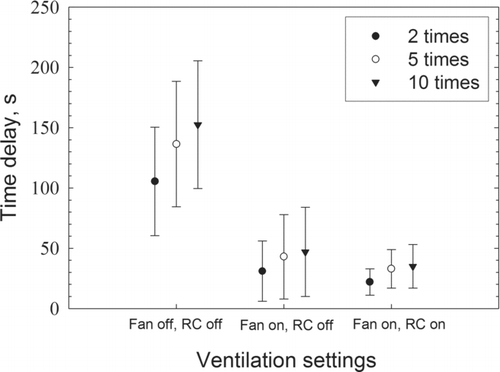Figures & data
FIG. 1 Schematic representation of in-cabin particle dynamic processes. When the Fan is on and RC off, the outdoor air goes through a filter and the cracks on the doors into the cabin (solid line). When Fan and RC are both on, the air recirculated inside the vehicle is by passing through an in-cabin filter (dashed line).
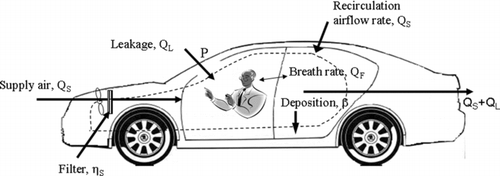
TABLE 1 Equations used in the in-cabin mathematical model under different ventilation settings
FIG. 2 Differential pressure between the in-cabin and the ambient at various vehicle speeds for (a) a leaky (1997 model) and (b) a tight (2007 model) vehicle.
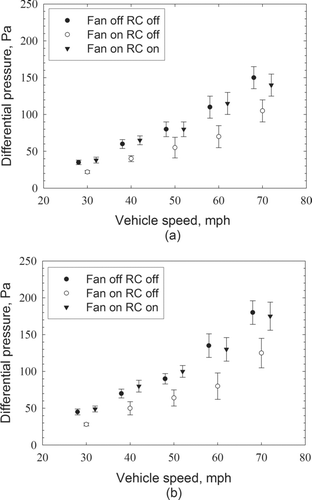
FIG. 3 Size-segregated ranges of important input parameters for the in-cabin model (a) penetration factor (CitationLiu and Nazaroff 2003), (b) filtration efficiency (CitationQi et al. 2008), (c) deposition coefficient (CitationGong et al. 2009), and (d) respiratory deposition fraction (CitationHinds 1999).
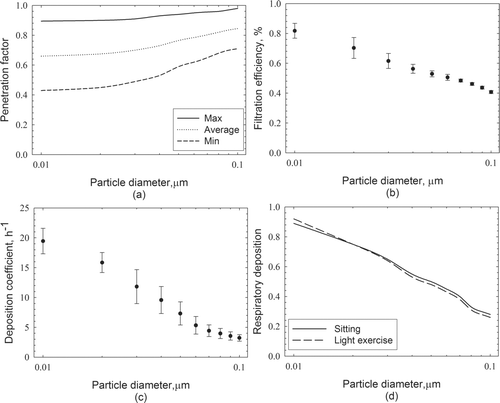
FIG. 4 Model results and measured data under (a) Fan off and RC off, (b) Fan on and RC off, and (c) Fan on and RC on conditions. Volume of the vehicle is 6 m3. The speed of vehicle is from 50 to 70 mph.

FIG. 5 Dynamic simulation of the in-cabin UFP concentrations compared with the measurement data (CitationZhu et al. 2007).
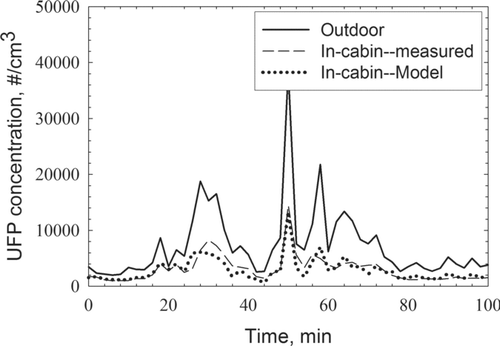
FIG. 6 Ranges of I/O ratios at different mechanical air flow rates for (a) 20 nm, (b) 50 nm, and (c) 80 nm particles. Airflow rate: max = 360 m3h−1, min = 0 m3 h−1. Drivers usually set the ventilation flow rate at a medium range, as “common situation” shown in the figure. All other parameters are set to average. Volume of vehicle is 6 m3. The speed of vehicle is 60 mph.
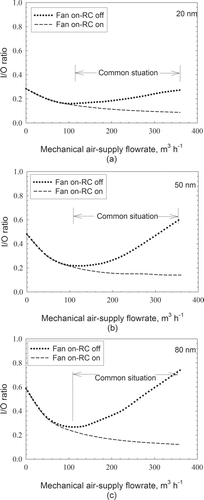
FIG. 7 Ranges of I/O ratios at different penetration factors for (a) 20 nm, (b) 50 nm, and (c) 80 nm particles. Penetration factors in the range of “previous studies” follow , and all other parameters are set to the average. Volume of vehicle is 6 m3. The speed of vehicle is 60 mph.
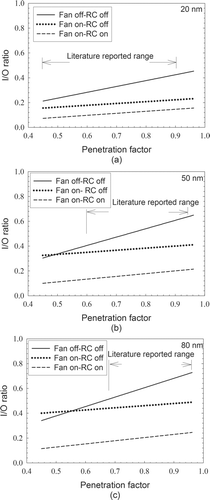
FIG. 8 Range of I/O ratios at different deposition coefficients for (a) 20 nm, (b) 50 nm, and (c) 80 nm particles. The range of deposition coefficients follow , and all other parameters are set to the average. Volume of vehicle is 6 m3. The speed of vehicle is 60 mph.
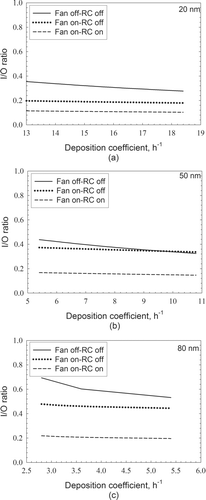
FIG. 9 Ranges of I/O ratios at different vehicle speeds for (a) 20 nm, (b) 50 nm, and (c) 80 nm particles. The range of vehicle speeds is from 20–70 mph. All other parameters are set to the average. Volume of vehicle is 6 m3.
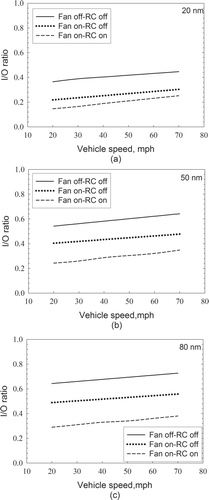
FIG. 10 Time delays under different ventilation settings when outdoor UFP concentration changed to 2, 5, and 10 times what it was. The speed of vehicle is 60 mph.
